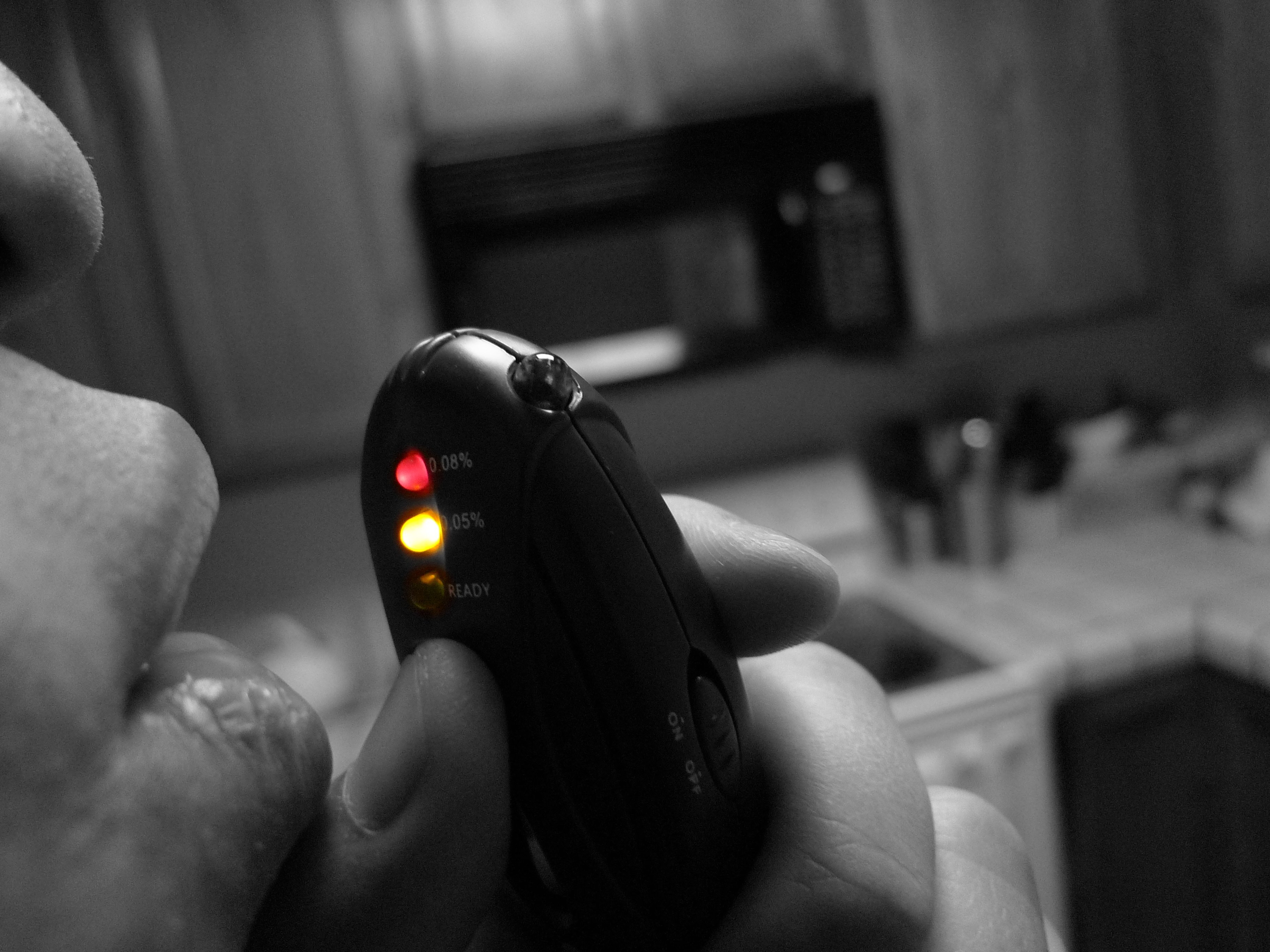Stretching the Horizons: Breathalyzers for Diagnosis

By: Cathrina Nauth
Blood tests, urine samples, CT scans. These three methods of detecting diseases all have one thing in common: discomfort. Every day, numerous amounts of people go to hospitals and health clinics for examinations in order to diagnose possible diseases in its early stages. However, although these methods are very effective, they are costly and may be a source of discomfort for the patients. In an era of technological innovations, scientists continue to attempt to create new devices that can reduce this source of discomfort and lower the costs to make diagnostic tests of this kind more and more affordable to the populations in need. Recently, an existing device sparked optimism across the charts for an effective, affordable way to administer health screening. This device was nothing more than the well-known breathalyzer.

Photo credit: Longster47 / Foter / CC BY-NC-ND
Breathalyzers, which are commonly used to test blood alcohol levels in suspected drunk drivers, have become a crucial part of scientific research for its ability to detect more than a person who’s had one too many drinks. Current research has shown that many diseases, such as diabetes, cancer and different infections alter the body’s metabolism in distinctive ways, therefore allowing for a breathalyzer-like technology to detect the change and allow for early diagnosis.
One remarkable discovery proved that breathalyzers are able to measure gases and compounds in one’s breath, even in very low concentrations. Since anatomically, blood flows through the lungs, and exhaled air originates from the lungs, one small exhalation is able to release clues about a patient’s health. One’s breath contains over 300 different gases, and day by day, scientists are discovering different chemical markings for specific diseases. For example, blood sugar levels are marked by acetone. Therefore, diabetes would be able to be monitored without drawing blood from the patient, preventing any possible discomfort coming from needles and drawing blood.
Aside from blood sugar levels, many other diagnoses can be made. For example, there is a volatile organic compound in exhaled breath in patients with lung cancer that detects the cancer and distinguishes it from other conditions. In addition to that, there are over 300 volatile breath compounds that are able to diagnose breast cancer. Further along the line, colon cancer, multiple sclerosis and even tuberculosis diagnoses are made possible by this simple, yet powerful palm-sized device.
With this newfound, buzzing optimism for a chance to revolutionize medical diagnostics around the scientific community, medical practitioners have already started to use this device. Recent studies show that this device may show if heart-transplant patients will reject the organ based on alkenes emitted in their breath. It has also been used to test level of nitric-oxide on the breath to discern if asthma drugs are effective. In addition, it can test for bacteria in the gut, based on the amount of hydrogen the breath releases.
However, as with many medical innovations today, the use of breathalyzers for medical diagnosis does raise questions from uncertainty. For one, a human’s breath is a very complex mixture, meaning it will take some time to actually figure out how every disease alters the body’s metabolism, and therefore the chemical makeup of the breath. Test subjects can be used, but eliminating all variables in a test subject is almost impossible, considering the genetic makeup of each individual person is different in more than one way.
Still, even with possible complications that may evoke doubt centered on breathalyzers diagnosing diseases, the breathalyzer still captures the interest of many. This non-invasive, non-intrusive technology is appealing to not only patients, but doctors as well. For example, doctors do have to worry about possible radiation exposure from numerous x-rays on a patient, which can clearly have adverse effects. Also, breathing into a palm-sized device can be done from basically anywhere, while blood tests and urine samples are commonly done in labs, proving how breathalyzers improve the convenience level significantly.
Overall, examining medical practices as a whole, medical innovations continue to take the nation by storm. From many failed attempts, to complications with current attempts, the field of medicine has proved that medicine is all about trial and error. Therefore, it is very important to continue to stretch the horizons of existing technology by continuing to build upon it, as they have done with the breathalyzer. Despite small complications, scientists are well on their way to being able to use breathalyzers for diagnosis. Step by step, medical diagnosis can soon become effective, less invasive, and affordable to many people across the nation. Breathalyzers can indeed be the future to medical diagnosis- a stellar way to stretch the horizons.
